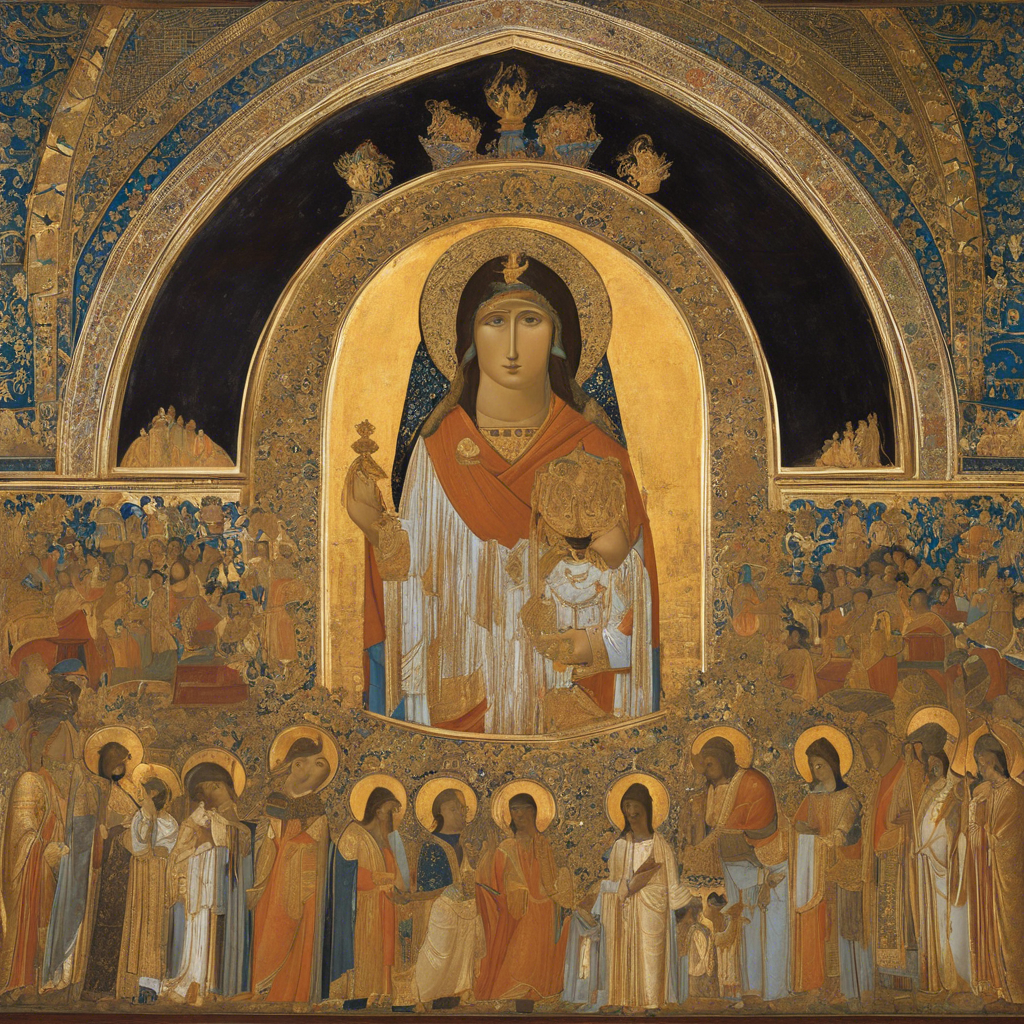The realm of art history is vast and diverse, spanning centuries and encompassing a myriad of subjects. Among the myriad themes that have captivated artists throughout the ages, religious themes hold a revered place. “Sacred Imagery: Religious Themes in Art History” explores the profound influence of faith on artistic expression, shedding light on the intricate relationship between the divine and the creative.
Throughout history, artists have often turned to religion for inspiration, interpreting sacred texts and principles through their unique creative lenses. This intersection of art and religion has resulted in some of the most iconic and enduring masterpieces known to humanity. From the majestic frescoes of the Sistine Chapel to the intricate miniatures of Islamic manuscripts, religious themes have manifested in diverse artistic forms across different cultures and eras.
In the Western artistic tradition, Christianity has been a predominant influence. Artists like Michelangelo, Leonardo da Vinci, and Raphael immortalized biblical narratives and religious figures in their works, transcending the boundaries of time and space. The sublime beauty of Michelangelo’s Pietà, the ethereal grace of Leonardo’s Last Supper, and the heavenly visions of Raphael’s Madonnas continue to captivate viewers centuries later. These artists elevated religious art to new heights, infusing their creations with profound emotion and spiritual depth.
Sacred imagery in Christianity extends beyond mere representation. It serves as a means of religious instruction, a way to visually convey biblical stories and principles to believers. The intricate symbolism and iconography within these artworks provide a visual language that enhances the spiritual experience and deepens the understanding of faith.
However, the exploration of religious themes in art history is not limited to Christianity alone. In the Islamic world, artists crafted exquisite works that reflected the beauty and principles of their faith. Calligraphy, geometric patterns, and intricate floral designs adorned mosques, manuscripts, and works of decorative art, embodying the Islamic belief in the beauty and unity of Allah’s creation.
Additionally, religions such as Buddhism and Hinduism have also left indelible marks on the art world. The serene countenances of Buddha statues and the vibrant, narrative paintings of Hindu deities reflect the rich spiritual traditions of Asia. These artistic expressions serve not only as visual representations but also as tools for meditation, devotion, and spiritual elevation.

